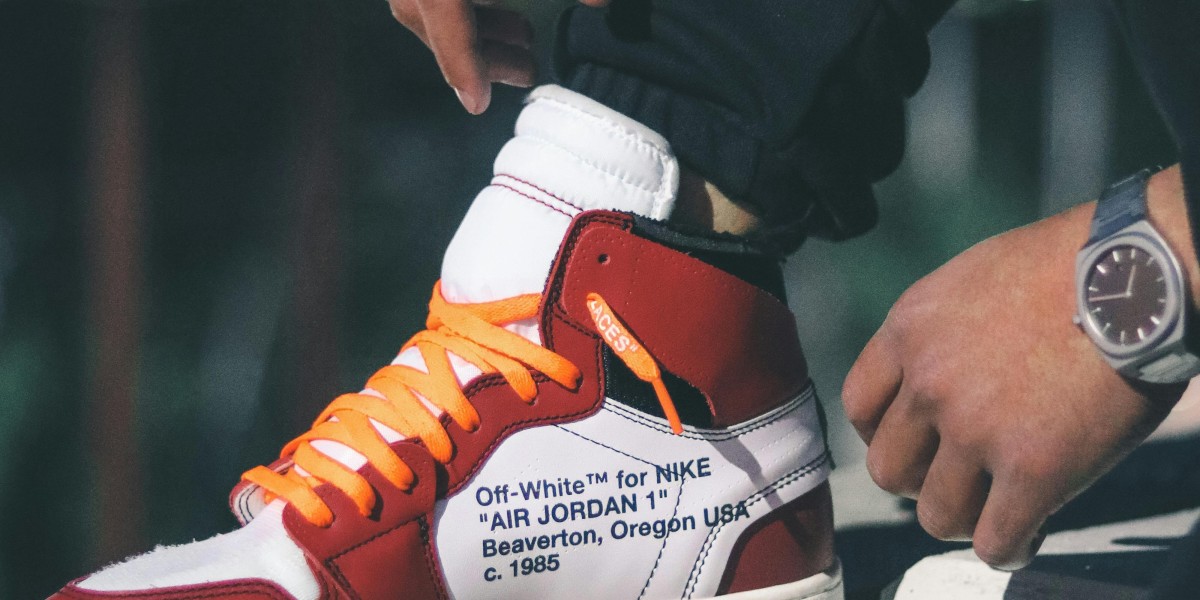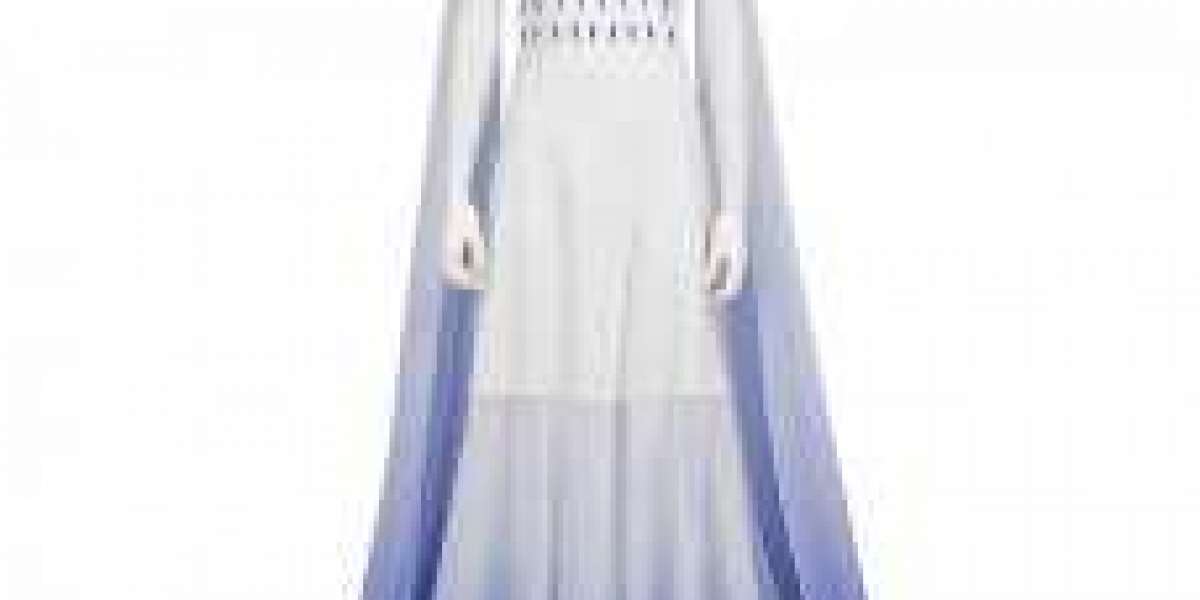Shoe photo editing is a critical process in the fashion and e-commerce industries, where the visual appeal of footwear plays a significant role in driving customer engagement and sales. Whether for online stores, advertisements, or catalogs, shoe editing ensures that footwear is showcased in the best possible light, emphasizing design, texture, and style. This process involves advanced techniques to make the shoes look appealing, realistic, and polished for potential buyers.
What is Shoe Photo Editing?
Shoe photo editing refers to the process of enhancing and refining images of shoes to improve their visual appeal and accuracy. This includes adjusting colors, removing imperfections, adding shadows for depth, and ensuring that the shoe is presented clearly. The goal is to create high-quality images that capture the shoe’s details, whether it’s the stitching, texture, materials, or overall design, in a way that attracts attention and communicates the quality of the product.
Why is Shoe Photo Editing Important?
Highlighting Key Features: Shoes often have intricate designs, textures, and materials that need to be showcased. Photo editing helps emphasize these features—such as the sole texture, laces, or stitching—by making them more prominent in the image.
Creating Professional Product Images: High-quality, well-edited images project professionalism and brand reliability. Customers expect visually appealing, clear images when shopping for shoes online, as they cannot physically try them on.
Improving Visibility: Footwear often involves small details that are hard to capture in raw photos, such as logo placements, fabric patterns, or shoe soles. Photo editing allows these details to be highlighted, making the shoe stand out.
Color Accuracy: Ensuring that the colors of shoes appear accurate is crucial in online sales, as customers rely on images to make purchasing decisions. Editing ensures that the colors match reality, especially for shoes that come in different hues or have a variety of textures.
Enhancing Appeal: The goal of shoe photo editing is to make the footwear look as appealing as possible. Whether it’s a luxury pair of sneakers or elegant heels, editing can enhance the lighting, contrast, and brightness to ensure the shoe looks its best.
Key Techniques Used in Shoe Photo Editing
Background Removal: A common editing task for footwear photos is background removal. Clean, neutral backgrounds (such as white or light gray) allow the shoes to be the focal point, eliminating any distractions that may draw attention away from the product.
Wrinkle and Flaw Removal: Shoes, especially leather or fabric ones, can sometimes have wrinkles, creases, or dust marks. Retouching removes these imperfections, ensuring the shoes look flawless and pristine.
Color Correction and Enhancement: Shoes often come in a variety of colors, and lighting conditions can affect how these colors appear in photographs. Editing ensures that the colors are accurately represented, adjusting the brightness, saturation, and hue to reflect the true shade.
Clipping Path and Ghost Effect: A clipping path is used to isolate the shoes from their background, making it easier to manipulate the image. The "ghost effect" is often used when photographing shoes on mannequins or feet, where the model or mannequin is digitally removed to showcase the shoes alone.
Shadow and Reflection Effects: Adding realistic shadows and reflections to footwear images helps ground them visually. Shadows can provide depth, making the shoes appear more natural and three-dimensional, while reflections can enhance the perception of quality and shine.
Detail Enhancement: Shoe details such as stitching, logos, textures, and soles are essential selling points. Photo editing can be used to sharpen and highlight these elements, making them stand out more in the image.
3D Rendering for Complex Shoes: For shoes with intricate designs or unique structures, 3D rendering may be used. This technique can create a lifelike, multidimensional view of the shoe, allowing potential buyers to appreciate its complexity from all angles.
Sizing and Proportion Adjustment: Sometimes shoes are photographed in a way that distorts their true proportions. Editing can be used to adjust these elements, ensuring the shoe looks accurate in terms of size and shape.
The Role of Shoe Photo Editing in E-Commerce
In online retail, shoe photo editing plays a vital role in converting visitors into customers. High-quality images increase consumer confidence and trust, making them more likely to complete a purchase. Editing ensures that shoes are presented accurately, allowing customers to make informed decisions based on how the shoes look in the photos.
E-commerce platforms rely on consistency in their product images to maintain a professional look and enhance the shopping experience. Professional photo editing ensures that all shoes, regardless of style or brand, are portrayed in a uniform and polished way, reinforcing the brand's identity and values.
Importance of Consistency in Shoe Photography
Consistency across product images is crucial for establishing a cohesive and professional brand identity. Whether a brand is selling sneakers, boots, sandals, or formal shoes, consistent photo editing ensures that every image aligns with the brand’s style. This consistency also helps with customer recognition, making the shopping experience smoother and more intuitive.
Conclusion
Shoe photo editing is a fundamental aspect of presenting footwear in the most appealing and accurate way. Whether it's removing imperfections, adjusting colors, or adding shadows to enhance the shoe's appeal, professional editing can transform a simple photograph into a visually stunning product image. By investing in high-quality shoe photo editing, brands can create images that not only highlight the craftsmanship of their shoes but also inspire trust and drive sales in the competitive world of e-commerce.



